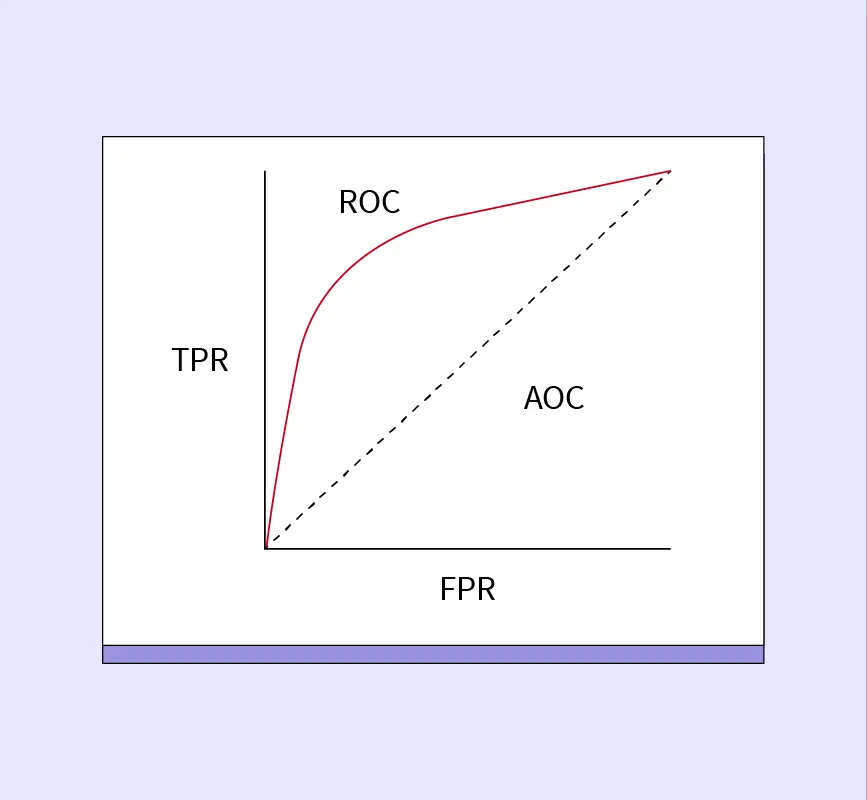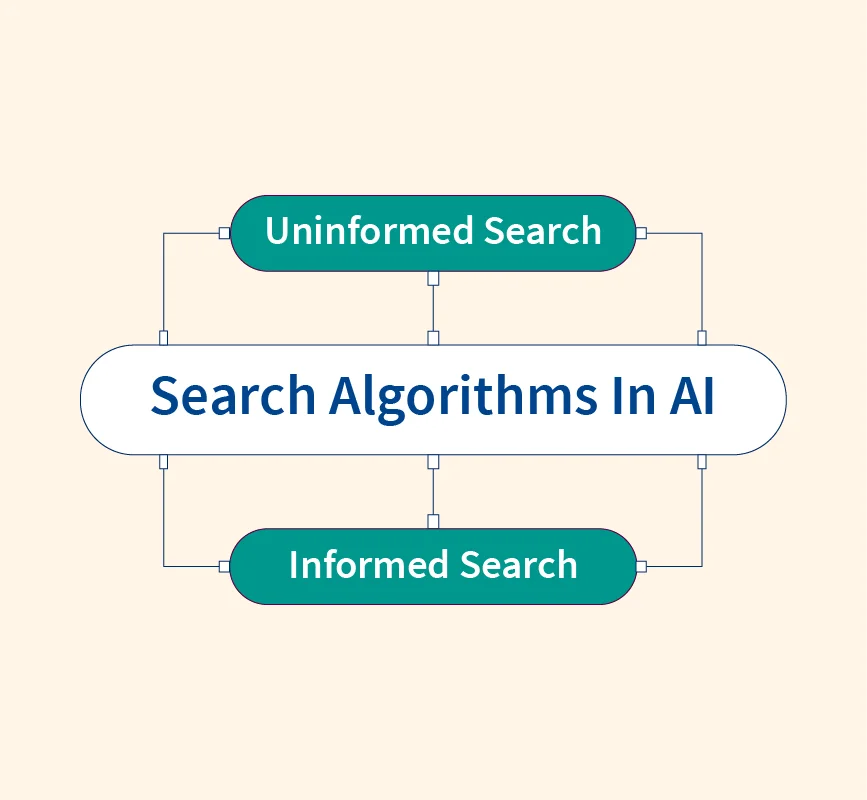As datasets grow more complex with increasing features or dimensions, data scientists often face the curse of dimensionality—a phenomenon where high-dimensional data leads to issues like overfitting, increased computational cost, and reduced model accuracy. The more dimensions a dataset has, the harder it becomes to obtain statistically meaningful insights, and algorithms must process a much larger feature space, which exponentially increases the time and complexity required for tasks like classification or clustering.
High-dimensional data can also cause machine learning models to struggle with generalization. As dimensions multiply, the volume of the feature space increases so rapidly that data points become sparse, making it difficult for algorithms to identify meaningful patterns without vast amounts of data. This leads to overfitting and compromises the performance of models.
Dimensionality reduction offers a solution. By reducing the number of input features, we can simplify models, improve computation times, and retain essential information. One of the most effective techniques for dimensionality reduction is Principal Component Analysis (PCA)—a statistical method that transforms high-dimensional data into a smaller set of uncorrelated variables, or principal components, while preserving the most significant variation in the data.
In this article, we’ll explore how PCA works, why it’s essential in machine learning and data science, and how it can help solve the challenges posed by high-dimensional data.
What is Principal Component Analysis (PCA)?
Principal Component Analysis (PCA) is a widely-used statistical technique for dimensionality reduction that simplifies complex, high-dimensional datasets. By identifying the directions (or axes) in which the data varies the most, PCA transforms the original data into a new set of uncorrelated variables called principal components. These components capture the maximum variance in the data, helping to retain the most important information while discarding irrelevant or redundant features.
The key idea behind PCA is to reduce the number of features in a dataset while preserving its overall structure and patterns. It achieves this by projecting the data onto fewer dimensions, often visualized as new axes that best explain the variance. For example, in a dataset with 10 features, PCA might reduce it to 2 or 3 principal components, making it easier to analyze, visualize, and run machine learning algorithms without the risk of overfitting or excessive computational costs.
PCA is especially effective when dealing with highly correlated features, as it combines them into fewer, independent components that capture the essence of the data. This technique is used extensively in tasks like image compression, exploratory data analysis, noise reduction, and improving model performance in machine learning.
Step-by-Step Explanation of PCA
Principal Component Analysis (PCA) follows a systematic mathematical approach to reduce dimensionality while preserving the most important features of the dataset. Below is a detailed breakdown of each step, including the mathematical equations involved.
1. Standardize the Data
To ensure that all features contribute equally to PCA, we first standardize the dataset by subtracting the mean and dividing by the standard deviation for each feature.
For a dataset $X$ with $n$ observations and $p$ features, each feature $X_j$ is standardized as:
$X_j’ = \frac{X_j – \mu_j}{\sigma_j}$
Where:
- $X_j’$ is the standardized value
- $\mu_j$ is the mean of feature $j$
- $\sigma_j$ is the standard deviation of feature $j$
2. Calculate the Covariance Matrix
Once the data is standardized, the next step is to compute the covariance matrix $\Sigma$ of the dataset. The covariance matrix represents how features in the data are correlated with one another.
The covariance matrix $\Sigma$ for a dataset $X$ is calculated as:
$$\Sigma = \frac{1}{n-1} X^T X$$
Where:
- $X^T$ is the transpose of the standardized data matrix $X$
- $n$ is the number of observations.
3. Compute Eigenvalues and Eigenvectors
Next, we compute the eigenvalues and eigenvectors of the covariance matrix. The eigenvectors define the directions (principal components) along which the data varies the most, while the eigenvalues indicate the amount of variance captured by each principal component.
For the covariance matrix $\Sigma$, we solve the equation:
$\Sigma v = \lambda v$
Where:
- $v$ is an eigenvector
- $\lambda$ is the corresponding eigenvalue.
Each eigenvalue $\lambda$ represents the variance explained by the corresponding eigenvector $v$, which defines a principal component.
4. Select Principal Components
Once we have the eigenvalues λ\lambdaλ and eigenvectors vvv, we rank the eigenvalues in descending order. The top eigenvalues correspond to the principal components that explain the most variance in the dataset.
We typically choose kkk principal components that account for the majority of the variance. The proportion of variance explained by each principal component is given by:
$$\frac{\lambda_i}{\sum_{j=1}^{p} \lambda_j}$$
Where:
$\lambda_i$ is the eigenvalue of the $i$-th principal component.
5. Transform the Data
Finally, we project the original data onto the new principal components to reduce dimensionality. The transformation is done by multiplying the original data $X$ with the matrix of the selected eigenvectors $V$:
$$Z = X V_k$$
Where:
- $Z$ is the transformed data
- $X$ is the standardized data matrix
- $V_k$ is the matrix of the top $k$ eigenvectors.
The resulting dataset $Z$ retains the most important features of the original data, now represented in fewer dimensions.
How Principal Component Analysis (PCA) Works
Principal Component Analysis (PCA) works by transforming a high-dimensional dataset into a lower-dimensional space while preserving as much variance (information) as possible. The key idea is to project the data onto principal components, which are the directions (or axes) along which the data varies the most. Here’s a breakdown of how PCA works:
Projecting Data onto Principal Components
The first step in PCA is to identify the principal components—the new axes that capture the maximum variance in the data. These components are the eigenvectors of the covariance matrix, representing the directions along which the data points spread out the most.
To project data onto these principal components:
- Compute the covariance matrix of the standardized data to understand the relationships between the features.
- Calculate the eigenvalues and eigenvectors of the covariance matrix.
- Select the top $k$ eigenvectors that correspond to the largest eigenvalues. These eigenvectors form the principal components.
- Project the original data onto the new space defined by the top $k$ principal components.
The projection can be mathematically described as:
$$Z = X V_k$$
Where:
- $Z$ is the transformed (projected) data,
- $X$ is the standardized data matrix,
- $V_k$ is the matrix of the top kkk eigenvectors (principal components).
Explained Variance and Retaining Principal Components
A critical aspect of PCA is determining how many principal components to retain. The concept of explained variance helps with this decision. The explained variance tells us how much of the original dataset’s variance (or information) is captured by each principal component.
Each principal component’s eigenvalue indicates the amount of variance it explains. By ranking the eigenvalues in descending order, you can assess how much variance is explained by the top components. The cumulative explained variance is calculated as:
$$\frac{\sum_{i=1}^{k} \lambda_i}{\sum_{j=1}^{p} \lambda_j}$$
Where:
- $\lambda_i$ is the eigenvalue for the $i$-th component,
- $p$ is the total number of original features,
- $k$ is the number of principal components retained.
Generally, you aim to retain enough components to explain around 90-95% of the variance. This approach helps strike a balance between reducing dimensionality and preserving important information from the original dataset. By retaining fewer components, you simplify the dataset, improving computational efficiency and reducing the risk of overfitting, while still maintaining the core patterns in the data.
Determine the Number of Principal Components
Selecting the optimal number of principal components is crucial for balancing dimensionality reduction with information retention. Two common methods used are scree plots and elbow plots. A scree plot displays the eigenvalues of each principal component, allowing you to visualize the drop in variance explained. The “elbow” in the plot, where the curve flattens, indicates the point after which adding more components contributes minimally to variance.
In an elbow plot, the goal is to retain enough components before the elbow, capturing the majority of the variance without overfitting. This method helps in choosing the most relevant principal components while minimizing redundancy.
Project the Data onto the Selected Principal Components
Once the optimal number of principal components has been determined, the next step is to project the original data onto the new, reduced-dimensional space defined by these components. This transformation simplifies the dataset while preserving its most important features.
To project the data:
- Begin with the standardized data matrix $X$.
- Select the top k eigenvectors (principal components) from the covariance matrix, which form the matrix $V_k$.
- Multiply the original data X by $V_k$, resulting in a lower-dimensional representation $Z$.
Mathematically, the transformation is expressed as:
$$Z = X V_k$$
Where:
- $Z$ is the transformed data in the reduced space,
- $X$ is the standardized data matrix,
- $V_k$ is the matrix of the top kkk principal components.
This process reduces the number of dimensions while maintaining the most critical information, making the data easier to analyze and visualize.
PCA Using Scikit-learn
Implementing Principal Component Analysis (PCA) in Python is straightforward with the Scikit-learn library. Below is a code example that demonstrates how to apply PCA to a dataset, along with explanations of the key parameters and functions used.
Code Example:
# Import necessary libraries
from sklearn.decomposition import PCA
from sklearn.preprocessing import StandardScaler
import numpy as np
# Sample data (5 observations and 3 features)
X = np.array([[2.5, 2.4, 2.6],
[0.5, 0.7, 0.9],
[2.2, 2.9, 2.7],
[1.9, 2.2, 2.3],
[3.1, 3.0, 3.1]])
# Step 1: Standardize the data
scaler = StandardScaler()
X_standardized = scaler.fit_transform(X)
# Step 2: Apply PCA
pca = PCA(n_components=2) # Retain 2 principal components
X_pca = pca.fit_transform(X_standardized)
# Output the transformed data
print("Transformed Data (PCA):")
print(X_pca)
# Explained variance ratio
print("Explained Variance Ratio:", pca.explained_variance_ratio_)Key Steps and Functions Explained:
- Standardizing the Data: PCA is sensitive to the scaling of the data, so we first standardize the dataset. This is achieved using StandardScaler, which standardizes features by removing the mean and scaling to unit variance:
$$X’_j = \frac{X_j – \mu_j}{\sigma_j}$$
Where:
- $X’_j$ is the standardized value,
- $\mu_j$ is the mean of feature $j$,
- $\sigma_j$ is the standard deviation of feature $j$.
- Creating the PCA Model: We initialize the PCA model with n_components=2, which means we want to retain 2 principal components. The PCA() function computes the principal components and reduces the dimensionality of the dataset.
- Transforming the Data: The fit_transform() function projects the original standardized data $X$ onto the new space defined by the top 2 principal components:
$$Z = X V_k$$
Where:
- $Z$ is the transformed data,
- $X$ is the standardized data matrix,
- $V_k$ is the matrix of the top 2 eigenvectors (principal components).
- Explained Variance Ratio: The explained_variance_ratio_ attribute shows the proportion of the dataset’s variance explained by each principal component. This helps to understand how much of the original data is captured by the reduced components:
$$\text{Explained Variance Ratio} = \frac{\lambda_i}{\sum_{j=1}^{p} \lambda_j}$$
Where:
- $\lambda_i$ is the eigenvalue of the $i$-th component,
- $p$ is the total number of features.
Advantages of Principal Component Analysis
Principal Component Analysis (PCA) offers several key advantages, making it a popular technique in data science and machine learning. Below are the major benefits of using PCA:
1. Dimensionality Reduction
PCA is primarily used for dimensionality reduction, simplifying large datasets by reducing them to fewer principal components. This helps decrease computational costs and processing time for machine learning algorithms, especially when handling high-dimensional data. By retaining only the most significant components, PCA helps reduce the risk of overfitting and enhances model efficiency.
2. Visualization
PCA makes it easier to visualize high-dimensional data by projecting it onto two or three principal components. This allows data analysts to create scatter plots and other visualizations, making it possible to identify patterns, clusters, and outliers that would otherwise be hidden in high-dimensional spaces.
3. Noise Reduction
By focusing on the components that account for the most variance, PCA naturally filters out noise from the dataset. The components with low variance, which are often associated with noise, are discarded. This helps improve the performance of machine learning models by providing cleaner data for training.
4. Feature Extraction
PCA is an effective tool for feature extraction, creating new features that are linear combinations of the original variables. These new features (principal components) are often more informative than the raw features, capturing the essential aspects of the data and improving model performance, particularly in cases where original features are correlated or redundant.
5. Multicollinearity
In datasets where features are highly correlated (a condition known as multicollinearity), PCA is invaluable. It reduces multicollinearity by transforming the data into a set of uncorrelated principal components, making it easier for regression models and machine learning algorithms to perform accurately without being affected by correlated variables.
6. Data Compression
PCA enables data compression by reducing the dimensionality of the dataset while retaining most of its important information. This is particularly useful in applications where data storage and transfer are costly or constrained. By compressing the data, PCA helps maintain efficiency without losing critical patterns.
7. Outlier Detection
Since PCA highlights the main directions of variance in the data, it can be used for outlier detection. Outliers often appear in low-variance components or exhibit significant deviation from the projected principal components. Identifying these outliers can provide valuable insights and improve the quality of subsequent analysis or modeling.
Disadvantages of Principal Component Analysis
While Principal Component Analysis (PCA) is a powerful technique, it has several limitations that users should be aware of:
- Loss of Interpretability: The transformed principal components are linear combinations of the original features, making them harder to interpret compared to the original variables.
- Sensitivity to Outliers: PCA is sensitive to outliers because outliers can disproportionately affect the direction of the principal components, leading to misleading results.
- Computational Complexity: For very large datasets, computing the covariance matrix and performing eigenvalue decomposition can be computationally expensive, especially when the number of features is large.
- Overfitting: If too many components are retained, PCA might capture noise, leading to overfitting in machine learning models.
- Data Scaling: PCA requires standardized data; otherwise, features with larger scales will dominate the principal components.
- Non-linear Relationships: PCA only captures linear relationships between variables, making it ineffective for datasets with complex non-linear patterns.
Conclusion
Principal Component Analysis (PCA) is a valuable tool in the data scientist’s arsenal, offering an efficient way to reduce the dimensionality of complex datasets while preserving essential patterns and information. Its ability to simplify data, enhance visualization, and improve model performance through noise reduction and feature extraction makes it indispensable in many applications.
However, PCA has its limitations, including the potential loss of interpretability, sensitivity to outliers, and its focus on linear relationships. Despite these drawbacks, when used appropriately, PCA can significantly streamline data analysis, making it an essential technique for tackling high-dimensional datasets in machine learning and data science.
Understanding both the strengths and limitations of PCA will allow practitioners to use it effectively, optimizing data processing and gaining deeper insights from their data.
FAQs
What is Principal Component Analysis (PCA)?
PCA is a statistical technique used for dimensionality reduction by transforming high-dimensional data into fewer uncorrelated variables called principal components.
How does a PCA work?
PCA works by identifying the directions (principal components) of maximum variance in the data and projecting the original data onto these new axes.
When should PCA be applied?
PCA should be applied when you want to reduce the number of features in a dataset while retaining most of the original information, especially for high-dimensional data.
How are principal components interpreted?
Principal components are linear combinations of the original features, with the first few components capturing the most variance in the data.
What is the significance of principal components?
Principal components represent the directions in which the data varies the most, helping to reduce complexity while maintaining key patterns.
Can PCA be used for feature selection?
Yes, PCA can be used for feature selection by retaining components that capture the most important information, though it is a form of feature extraction.
What are the alternatives to PCA?
Alternatives to PCA include t-SNE, LDA (Linear Discriminant Analysis), Independent Component Analysis (ICA), and Non-negative Matrix Factorization (NMF).


